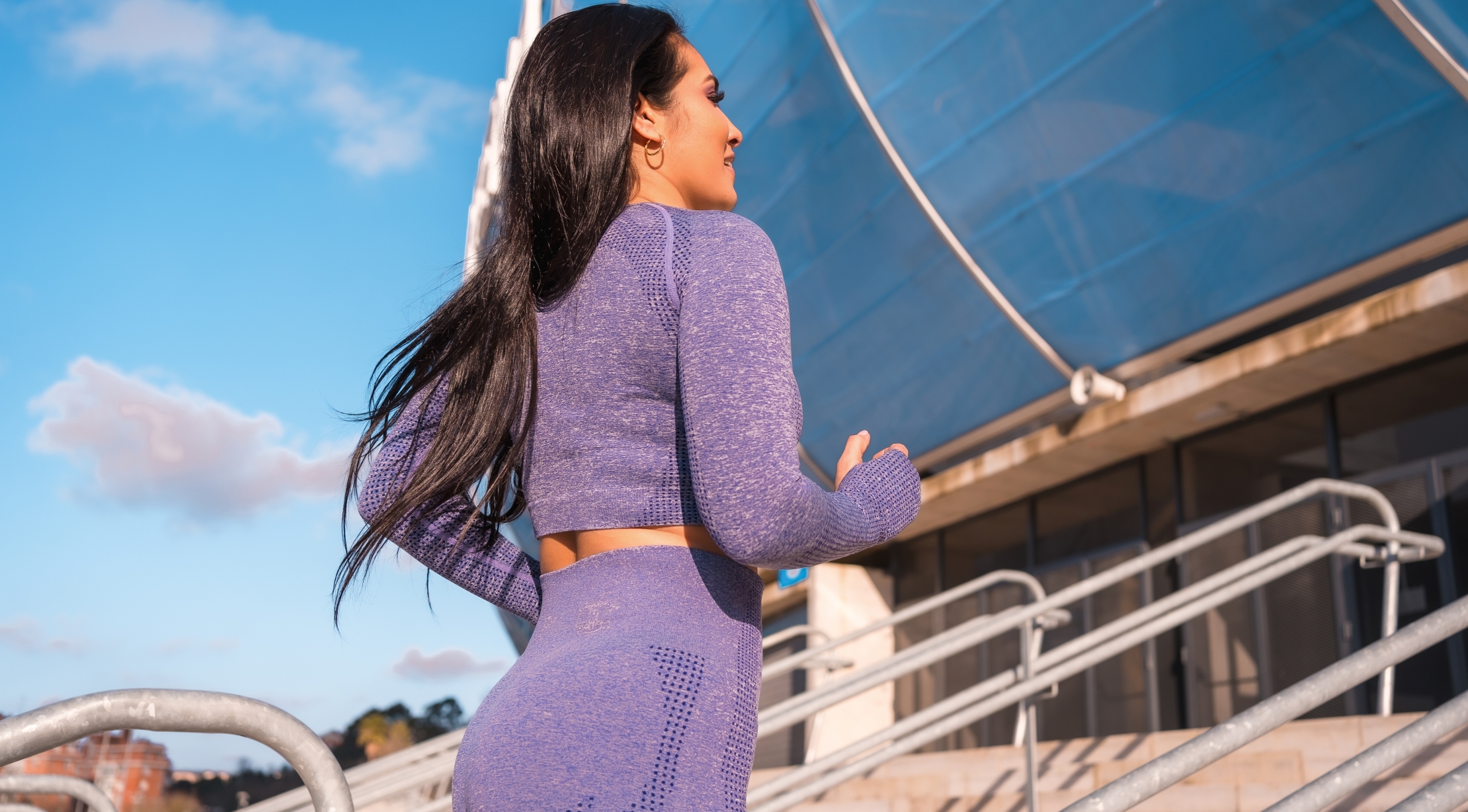
The “zero zone” exercise challenges traditional training conventions by promoting low intensity activities. This practice allows you to maintain a conversation without difficulty while doing, providing an accessible alternative to those who feel intimidated by the “maximum effort” approach.
The best, it seems too easy, but it is effective: athletes sliding by bicycle, runners jogging at a slower pace than that of most people who are heating, or someone walking so placidly that it barely seems to be exercising, a modality of physical activity that gets every time in vogue, collects BBC World.
The idea goes against the culture of “maximum effort” of gyms and Fitness applications.
Health benefits
Recent studies indicate that soft physical activity, such as walking or performing daily tasks, can improve circulation, regulate blood sugar and favor mental health. These activities can reduce the risk of cardiovascular diseases and improve general well -being.
Athletes use light exercises to help in recovery. This approach can be valuable not only for athletes, but also for people with physical limitations or return to exercise after an injury.
The “zero zone” exercise encourages routine easier to maintain, which reduces the probability of abandoning physical activity plans. Adapting to the individual levels of each person, this methodology supports the creation of lasting habits that contribute to the long -term health status.
At the same time, the “zero zone” eliminates the pressure of the rigorous requirements typical of intense exercise. By focusing on simplicity and accessibility, it reduces the intimidation that some people feel towards exercise, allowing to incorporate movement into daily life in a practical and effective way.
Softer does not mean less effective
Activities considered a soft yoga or even stretching while boiling water or working in the garden are part of the “zero zone”.
The key is that the heart rate remains low, below what many physical tracking devices call zone 1.
In resistance training language, zone 1 usually means between 50% and 60% of the maximum heart rate. The “zero zone” is below.
For older people, sick or after injuries, this type of “zero zone” exercise is recommended.
They argue that a “zero zone” session can reduce tension without exhausting energy. Instead of collapsing on the couch after work, a quiet half -hour walk can really restore it.
Studies support the effectiveness of the “zero zone” exercise
Studies support that the exercise of “zero zone” is mainly effective as an accessible and sustainable alternative for sedentary, older or rehabilitation, focusing on soft movements of very low intensity that activate metabolism and improve mobility without raising the heart rate much.
It has been shown that this type of exercise contributes to the improvement of joint mobility, stress reduction, light metabolic activation, and facilitates constancy in daily physical activity, factors that contribute to general health and the prevention of chronic diseases.
In addition, recent research indicates that even very light physical activities are associated with significant benefits such as better circulation, glucose regulation, lower cancer risk and better quality of life.
However, compared to traditional more intense training methods such as HIIT or Crossfit, the “zero zone” exercise does not seek to achieve rapid improvements in cardiovascular resistance, strength or sports performance, but rather is presented as a complement or first step towards an active life.
Intense training are backed by studies that show increases in VO₂MAX, strength and aerobic capacity, while the “zero zone” is recommended for those who need to start physical activity without risks or to promote recovery.
You may also be interested:
